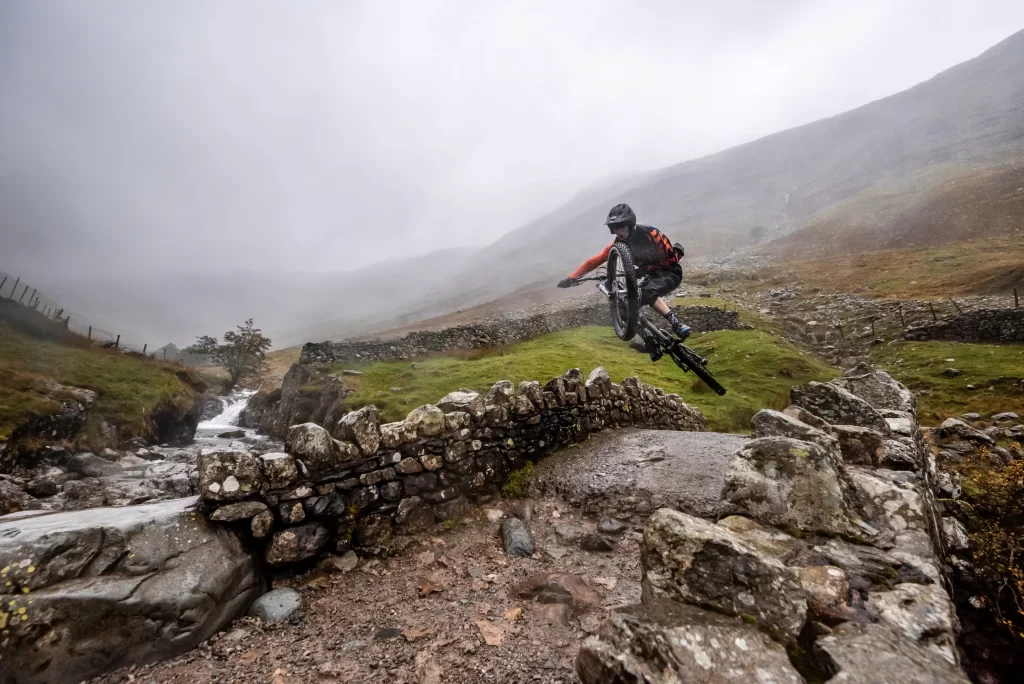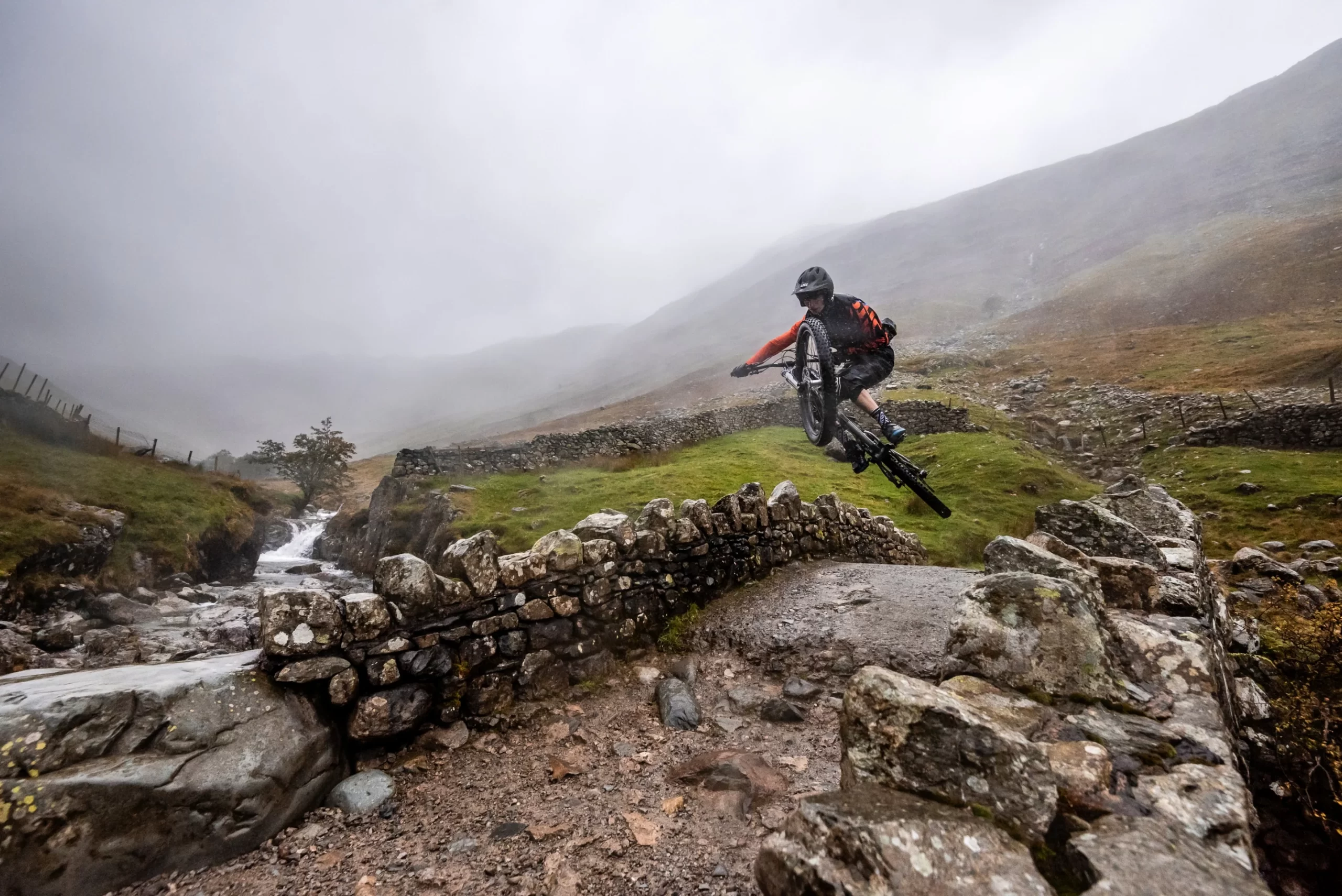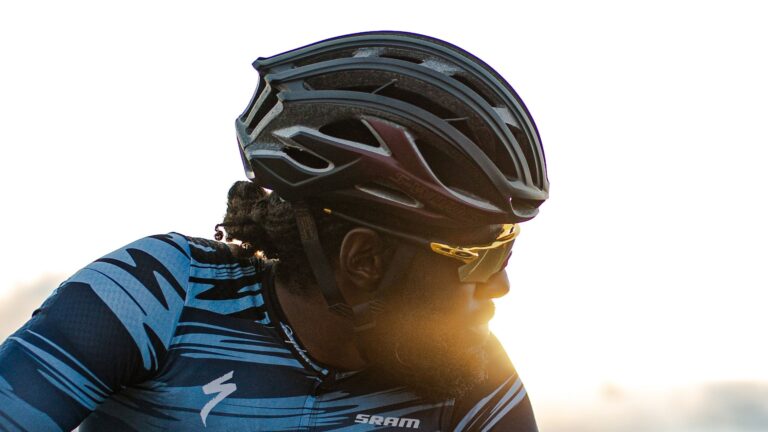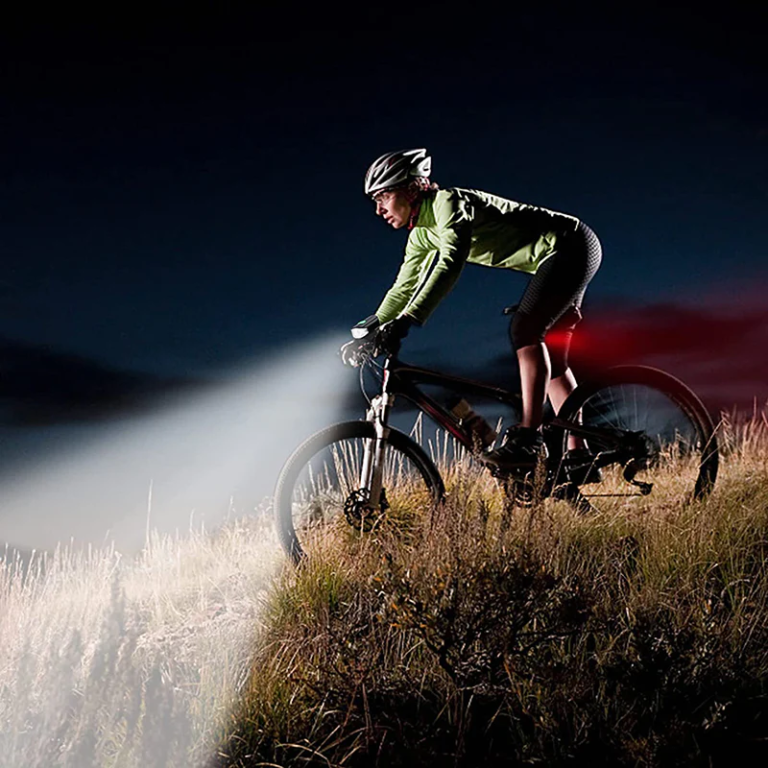Upgrading Your Mountain Bike Helmet: A Cyclist’s Guide to Safety and Style

Key Point Summary of Upgrading Your Mountain Bike Helmet:
- Understanding Helmet Technology: How advancements in helmet design enhance safety and comfort.
- Features to Look For: Key features in upgraded MTB helmets that can improve your riding experience.
- Making the Right Choice: Tips on selecting the best helmet for your needs as a mountain biker.
As a seasoned cyclist with years of experience racing and riding various types of bikes, including mountain bikes, gravel bikes, and cyclocross bikes, I’ve come to appreciate the critical role a good helmet plays in both performance and safety. Upgrading your mountain bike (MTB) helmet is not just about getting the latest model; it’s about enhancing your overall cycling experience. Let me walk you through what I’ve learned about upgrading MTB helmets, tailored for cyclists at the beginner to mid-level.
Why Upgrade Your Mountain Bike Helmet?
Advanced Safety Features
The primary reason to upgrade is safety. Modern helmets come with advanced features like MIPS (Multi-directional Impact Protection System), which significantly reduces the risk of brain injuries by allowing the helmet to rotate slightly upon impact. I remember a close call on a tricky downhill section where my helmet with MIPS likely saved me from a serious concussion.
Improved Comfort and Fit
Another reason is comfort. Newer models offer better ventilation, lighter materials, and improved fit systems. For instance, during a long endurance race, I found that my upgraded helmet with better padding and fit adjustments made a noticeable difference in my overall comfort.
Enhanced Aesthetics and Features
Lastly, aesthetics. Today’s helmets come in various styles and colors, allowing riders to express their personality. Plus, features like integrated camera mounts or light attachments add a practical edge to the style.
Key Features to Look For
MIPS Technology
As mentioned, MIPS is a must-have for enhanced safety. It’s a game-changer in terms of protection.
Ventilation
Good ventilation is crucial, especially for long rides. Look for helmets with ample and well-placed vents to keep your head cool.
Adjustable Fit
A helmet should fit snugly but comfortably. Systems like the Roc Loc dial or the Ergo Fit system allow for easy adjustments, even on the go.
Visor
A visor protects against sun, rain, and debris. Some helmets offer adjustable or removable visors for flexibility.
Light Weight
A lightweight helmet can reduce neck fatigue, a factor I learned to appreciate during longer rides.
Choosing the Right Helmet
Assess Your Riding Style
Consider the type of riding you do. For aggressive trail riding, a helmet with more coverage and robust protection is ideal. For casual rides, a lighter, more ventilated helmet might suffice.
Size and Fit
Ensure you get the right size. Measure your head circumference and consult the manufacturer’s sizing chart. A helmet that’s too tight or too loose can compromise both comfort and safety.
Read Reviews
Look for reviews and feedback from other riders. They can provide real-world insights into how a helmet performs in various conditions. Once I upgraded to a helmet with better ventilation, the difference in my endurance rides was remarkable. I used to struggle with overheating, but with the new helmet, I found I could ride longer and more comfortably.
Troy Lee Designs A2 MIPS Helmet
The Troy Lee Designs A2 MIPS Helmet is an excellent choice for both aggressive trail riding and casual outings. It’s equipped with MIPS technology, offering superior protection by reducing rotational forces on impact. The helmet features extensive ventilation, which makes it ideal for long rides where overheating can be a concern. Its dual-density EPS foam enhances safety without adding extra weight.
The A2 also boasts an adjustable visor and an innovative fit system, ensuring a secure and comfortable fit for various head shapes and sizes. The sleek design and range of color options make it a stylish choice too.
Its robust construction, coupled with comfort and style, makes the Troy Lee Designs A2 MIPS Helmet a top choice among mountain bikers of all levels. This helmet stands out in reviews for its comfort, safety features, and overall performance, making it a solid investment for any serious cyclist.

Maintaining Your Helmet
Once you’ve upgraded, maintaining your helmet is key. Regularly clean it with mild soap and water, inspect it for damage, and replace it after a significant impact or every three to five years, as materials can degrade over time. Remember, a helmet is a critical piece of safety equipment, and its care should not be overlooked.
When to Upgrade?
Knowing when to upgrade is as important as knowing what to upgrade to. If your current helmet is several years old, shows signs of wear and tear, or has been involved in a crash, it’s time to consider an upgrade. Also, if you’re increasing the intensity or changing the style of your riding, your helmet should evolve to match these new demands.
Cost vs. Quality
While budget is a consideration, don’t compromise on safety for cost. Investing in a high-quality helmet is investing in your safety. That said, there are excellent options available at various price points.
FAQ
What should I upgrade first on my mountain bike helmet?
Upgrading your mountain bike helmet involves prioritizing features that enhance safety, comfort, and performance. When considering an upgrade, here are the key aspects to focus on:
- Safety Technologies: Look for helmets with advanced safety features like MIPS (Multi-directional Impact Protection System) or similar technologies that offer added protection against rotational forces during impacts.
- Fit and Comfort: Ensure the helmet has an adjustable fit system for a snug and comfortable fit. A well-fitting helmet is crucial for safety and comfort, especially on long rides.
- Ventilation: Good ventilation is important for keeping cool, especially in warmer climates or during strenuous rides. Look for helmets with ample and well-placed vents.
- Weight: Lighter helmets can reduce neck fatigue and increase comfort, particularly on longer rides. However, ensure that the reduction in weight does not compromise the helmet’s safety and durability.
- Visor: Consider helmets with adjustable or removable visors for protection against sun, rain, and debris, especially if you frequently ride in varied outdoor conditions.
- Durability and Materials: Check for high-quality construction and materials that can withstand the rigors of mountain biking.
- Additional Features: Features like integrated camera mounts, light attachments, or magnetic buckle systems can add convenience and functionality to your rides.
Should I upgrade to MIPS helmet?
Yes, upgrading to a MIPS (Multi-directional Impact Protection System) helmet is a wise decision for enhanced safety. MIPS technology is designed to reduce rotational forces that can result from certain impacts. Here are a few reasons why considering a MIPS helmet is beneficial:
- Increased Protection: MIPS adds an additional layer of safety by allowing the helmet to rotate slightly around your head upon impact. This can help in reducing the risk of brain injuries in certain types of crashes.
- Advanced Technology: MIPS is the result of extensive research and testing in helmet safety. It’s a cutting-edge technology widely recognized in the cycling community.
- Compatibility with Various Styles: MIPS helmets are available in a wide range of styles and designs, suitable for different types of cycling, including mountain biking, road cycling, and more.
What is the best mountain bike helmet to prevent concussions?
The best mountain bike helmet to prevent concussions is one equipped with MIPS (Multi-directional Impact Protection System) or similar technologies like WaveCel, designed to reduce rotational forces on the brain during an impact. Helmets from brands like Giro, Bell, and Trek with these technologies are highly recommended for enhanced safety. However, it’s important to note that no helmet can guarantee complete concussion prevention.
Final Thoughts
Upgrading your mountain bike helmet is a crucial step in advancing your cycling journey. Whether you’re hitting the trails, competing in a race, or enjoying a scenic ride, the right helmet can enhance your safety, comfort, and performance. As you explore the world of upgraded MTB helmets, keep in mind that the best helmet is one that suits your riding style, fits well, and includes the latest safety features. Ride safely and enjoy the journey!
John






